Tornado Watches and Warnings are issued by the National Weather Service when the probability exists that a significant threat could develop over a wide area. Warnings are issued for much smaller areas and shorter periods of time than Watches.
Tornado Emergency Warning Stages
Tornado Watch means that conditions are favorable for tornadoes to form.
- Be alert to weather conditions and announcements through television, radio, & text announcements.
Tornado Warning means that a tornado has been sighted or radar indicates rotation in the clouds.
- IMMEDIATELY TAKE SHELTER!
Indoor Safety Procedures
- Move quickly to the Sheltering Area within your facility.
- An underground area, such as a basement or storm cellar, provides the best protection from a tornado. If an underground shelter is not available, consider the following:
- Seek a small interior room or hallway on the lowest floor possible.
- Stay away from doors, windows, and outside walls.
- Use stairwells, interior closets, and bathrooms for shelter.
- Stay in the center of the room and get under a sturdy table and use your arms to protect your head and neck.
- Avoid auditoriums, cafeterias and gymnasiums that have flat, wide-span roofs.
- Do not use elevators.
- If a tornado strikes, help avoid telephone overloads in the aftermath by using phones only in an emergency.
Outdoor Safety Procedures
- Seek indoor shelter if possible.
- Parked motor vehicles are unsafe, seek indoor shelter.
- If an indoor shelter is not available and there is no time for escape, lie flat in a ditch or ravine.
- If you are on flat ground and are caught in the path of a tornado, move away from the path of the tornado at a 90 degree angle.
- Do not take refuge under an overpass or bridge, it is safer in a low, flat location.
Persons Needing Assistance
- Prior planning and practice of evacuation routes to tornado shelters is important, particularly for individuals with mobility impairments or physical disabilities.
- Department Coordinators are responsible for identifying and assigning volunteers to persons needing assistance get to shelter.
